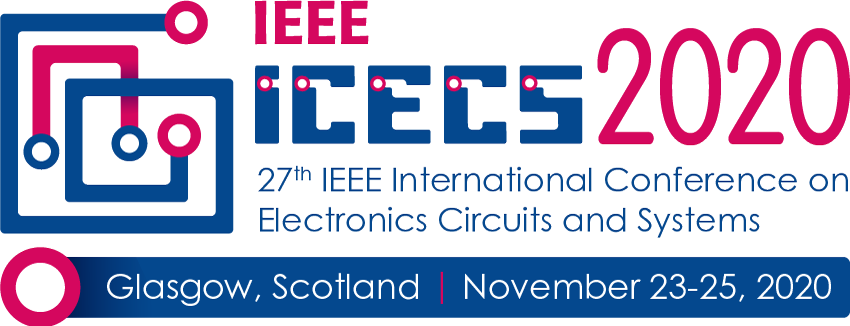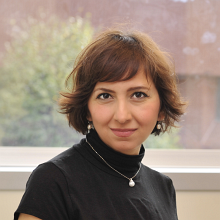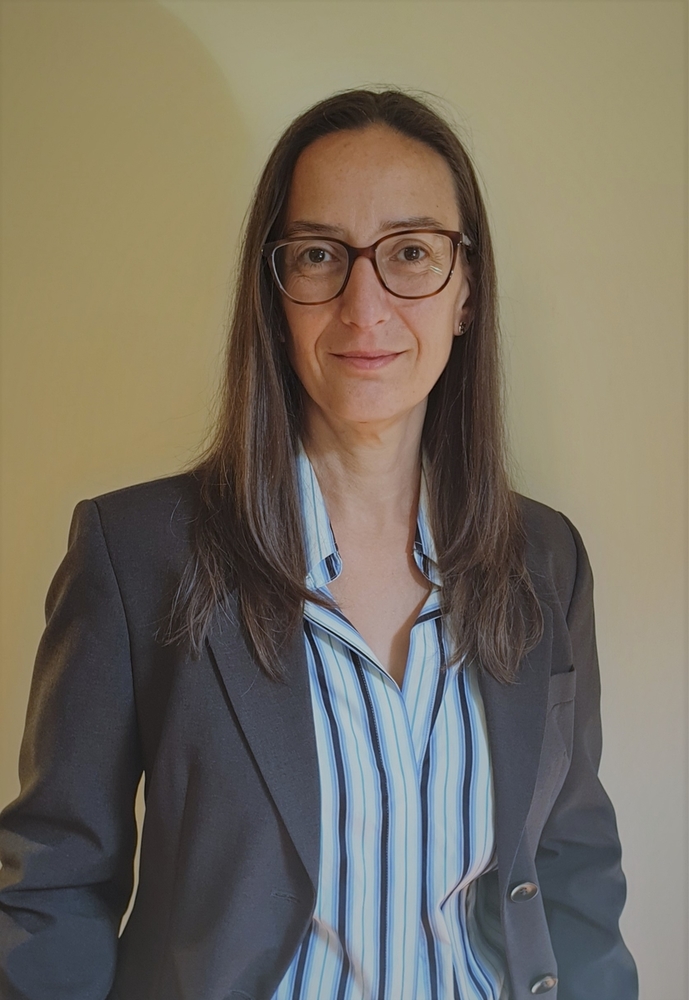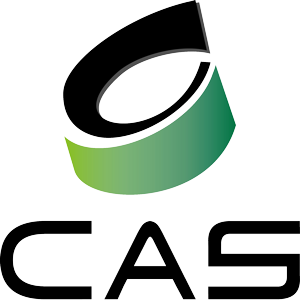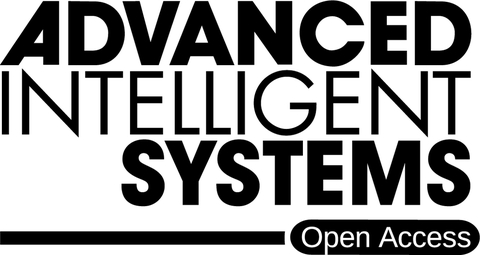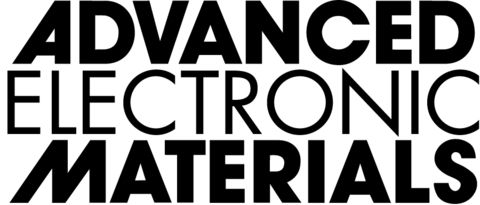Tinoosh Mohsenin
Monday, November 23rd 14:00 GMT
Micro AI: When Intelligence Moves to the Low Power Sensors
Artificial intelligence is being used in a variety of edge-computing devices such as biomedical sensors, wearables and autonomous systems. Processing these sensor-level machine learning tasks come at the cost of high computational complexity and memory storage which is overwhelming for these light weight and battery constrained devices. Equally important is the need for designing smarter AI systems that can reason over in the face of a highly variable and unpredictable world. This talk overviews some research solutions that enable performing data analytics from variety of multimodal sensors in real time while consuming low power. I will also talk about adding reasoning in these systems to improve acting and learning performance. Combining these solutions will bring exciting opportunities for future micro AI processors.
Alessandro Golkar
Tuesday, November 24th 14:00 GMT
Connecting the Internet of Space: Federated Satellite Systems Perspective
The space community has been envisioning for a long time the concept of the space internetworking, or in other words, the ability of connecting spacecraft in orbit in a hypothetical “Space Internet” as we would do with computers and servers on Earth. It is without doubt that advanced networking architectures are emerging in space system operations.
Startup companies proposing advanced concepts such as in-space cloud constellations and in-space blockchains have already emerged in the space innovation ecosystem. In this talk I will try to analyze how much of the activity in space internetworking is hype, and how much of it has higher likelihood to success.
More specifically, in this talk I will survey the state of the art in the topic of Federated Satellite Systems and its relevance to the idea of space internetworking. I will discuss the concept of federating spacecraft in orbit and Earth orbiting support systems (essentially, cloud computing in space). I will discuss the opportunities enabled by this revolutionary architecture concept. I will then overview the technological challenges involved and the possibilities enabled by emerging technologies such as optical communication systems for in-space networks.
Technological challenges include the realization and operations of network topologies that have never been operated in space, and the challenges entailed in operating heterogeneous spacecraft in different orbits. Chiefly among them, the coordination and scheduling of complex intersatellite link schemes, and dealing with RF interference, Doppler shifts and other technical issues involved.
I will then draw a balance of advantages and challenges of a federated approach to space internetworking, and let the audience evaluate on “whether the game is worth the candle”.
Sara Pellegrini
Wednesday, November 25th 14:00 GMT
From Image Sensors to Sensor Fusion: Technologies and Applications
With the pervasion of mobile consumer products requiring an ever increasing number of components and capabilities and advances in Artificial Intelligence, there is a growing need for image sensors with more features, higher performance and lower power consumption. Furthermore, these imagers have to be integrated along with other sensors via complex system integration.
STMicroelectronics photonics sensors are addressing these challenges with dedicated technology developments and continuous R&D activities. With a common CMOS manufacturing platform across a wide range of sensors, including MEMS-based motion and environmental sensors and ranging Time-of-Flight devices, and the addition of a strong microprocessors IP portfolio we have created a full ecosystem that can improve human-machine interaction with optimised sensor fusion.
